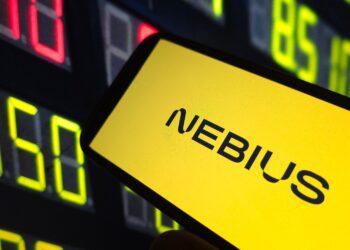Student makers tackle real-world challenges, applying innovation to tech solutions driven by hands-on learning and a passion to make a difference.
Whenever teenager Hannah Edge suffered an asthma attack, it often resulted in a trip to the emergency room for a spirometry test.
That bulky diagnostic machine, which tests lung function, always helped her recover, so she wondered if she could build a small portable measuring device that could be used at home, something that would also help other asthma patients avoid those regular trips to the hospital.
With Maker Share Missions, student makers tackle real-world challenges, creating innovative tech solutions driven by hands-on learning and a passion to make a difference, and Hannah embodies the creative and problem-solving spirit of the Maker movement:
At age 15, she founded SpiroEdge, a start-up medical device company. Her portable lung-function analyzer could potentially help patients who suffer from asthma, a respiratory condition that affects 25 million people in the US.
“A lot of ‘makers’ begin by solving a problem that’s important to them,” said Dale Dougherty, founder and CEO of Maker Media.
“As they get better, they’re able to widen that scope and look at other people and help them solve problems.” Now, with the launch of the online community Maker Share, the Maker movement is reaching out for students, teachers and makers interested in projects that have social impact.
There is also the Maker Media community, where members can create and share portfolios of their projects, and find learning resources to go deeper in the understanding of how technology works.
A research study conducted by the University of Oklahoma on makerspaces has shown that during hands-on learning, students go through a “rinse and repeat” process, discovering how technology works through trial and error.
“When you allow students to do the types of projects that they actually care about, they are far more motivated to learn the skills in order to do it,” said Rajiv Mongia, director of Intel’s Maker Outreach programs.
Innovation in classroom learning
Unlike the traditional classroom learning, in which teachers and textbooks are the primary source of information, Mongia said makerspace environments inspire students to learn new things by seeking information on their own.
The study also found that self-directed learning helps students develop the 4Cs of innovation: critical thinking, communication, collaboration and creativity.
Dougherty said Maker Share missions are structured to help students develop problem-solving skills to make a difference in the world. The One Mission idea came from a mother who wrote to Dougherty asking if someone could build a device that would allow Malia, her 11-year-old daughter living with cerebral palsy, to communicate with others.
“That’s the perfect example of a mission — to improve the life of a single person,” Dougherty said. “I think others would want to help figure that out.”
Mongia believes that the skills students learn through Maker projects will help them become successful innovators for the era we live in –the Fourth Industrial Revolution.
Now is a critical time for youth to develop innovation skills, including physical computing, coding, design thinking, creativity and teamwork, and collaboration spaces like Maker Share and other hands-on tech youth programs are a crucial aid to this development by providing easy access to the building blocks needed to innovate and create new tech solutions, helping students solve real-world problems.
“When you allow students to do the types of projects that they actually care about, they are far more motivated to learn the skills in order to do it”













